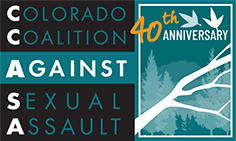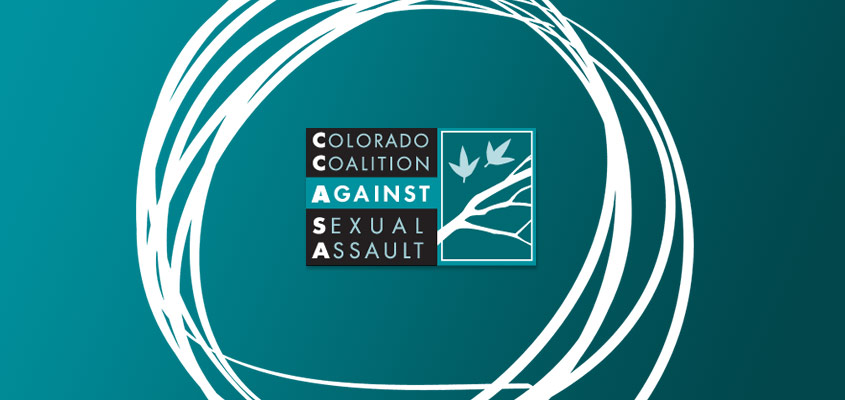By Meghann McCluskey, CCASA Blogger

On a recent spring-like afternoon in January, five teenage girls gathered in the group therapy room of a local rape crisis center. The girls huddled around an industrial paper shredder and laughed giddily as they took turns feeding handwritten documents into the noisy machine. During their previous group session, each member had written a detailed letter to her perpetrator of sexual assault, and now these letters were being ceremoniously destroyed to the soundtrack of cheers and clapping. And while earlier group meetings had been characterized by tears and anger and deep pain, the shredding of these letters evoked an atmosphere of undeniable strength, resilience, and celebration. Healing was in the air.
Sexual violence is perpetrated with alarming regularity against teenagers in this country. The U.S. Department of Justice estimates that more than half of all victims of sexual assault are under the age of 18, and the Crimes Against Children Research Center stipulates that 28% of U.S. youth ages 14 to 17 have experienced sexual victimization. And yet despite these staggering statistics, countless barriers await teen girls and boys as they negotiate their paths toward healing and justice. Lack of finances, transportation, family cohesion, and resource knowledge are just a few of the numerous hurdles that can prevent teenagers from receiving support and guidance in the wake of a sexual trauma.
Research shows that early intervention with teen survivors of sexual assault increases positive treatment outcomes. Moreover, teen survivors without access to therapy are more likely to experience some of the countless trauma-related symptoms that impact individuals with PTSD – everything from hypervigilance, avoidance, and isolation to eating problems, nightmares, and increased impulsive or self-harming behavior. Adolescent group therapy, as in the case vignette described above, offers opportunities to normalize and directly address these common symptoms while receiving peer connection and support.
So how can you help a teen access services if you suspect they’ve survived a sexual assault? First and foremost, assess their safety. Teachers, counselors, social workers, doctors, and nurses are all mandated reporters, meaning they are required by law to report suspected child abuse within their professional jurisdictions. However, anyone can report suspected childhood sexual abuse at any time by contacting the Department of Human Services in the county in which the abuse occurred. If you do need to make a report, it’s important to be transparent with teens about the reporting process and to use language that empowers rather than stigmatizes or criticizes survivors. Once you have determined the safety of a teen survivor, offer support and share resources, but don’t be too demanding or assertive. Like all survivors of sexual assault, teens who have been raped or molested typically experience profound powerlessness, and it’s important to provide them with opportunities to re-establish their power by making their own informed decisions. Sometimes, simply handing a teen a pamphlet for a local rape crisis center can be enough to plant seeds of recovery. Above all, listening to and believing teens’ stories represent fundamental components of effective support for survivors.
If you are a treatment provider, keep in mind that teens recovering from sexual trauma can and often do exhibit high risk behaviors such as cutting, food restriction, hypersexuality, and suicidality. Ensure that ongoing risk assessment is a part of your work together, and always emphasize the importance of creating a safety plan and cultivating healthy coping skills before discussing the trauma in any detail. Revisit the cornerstones of adolescent development and incorporate the basic needs of teens into your therapeutic interventions – elements such as clear boundaries, consistency, and opportunities for identity definition and self-discovery. When appropriate, consider referrals to adolescent group therapy as a means of helping teens connect with peers who have survived similar traumatic experiences. With help from supportive friends, family members, and treatment providers, many teen survivors of sexual violence embrace hope and recognize that healing is possible.


